Top speed 721 km/h Length 11 m First flight March 6, 1946 | Wingspan 11 m Retired 1950 | |
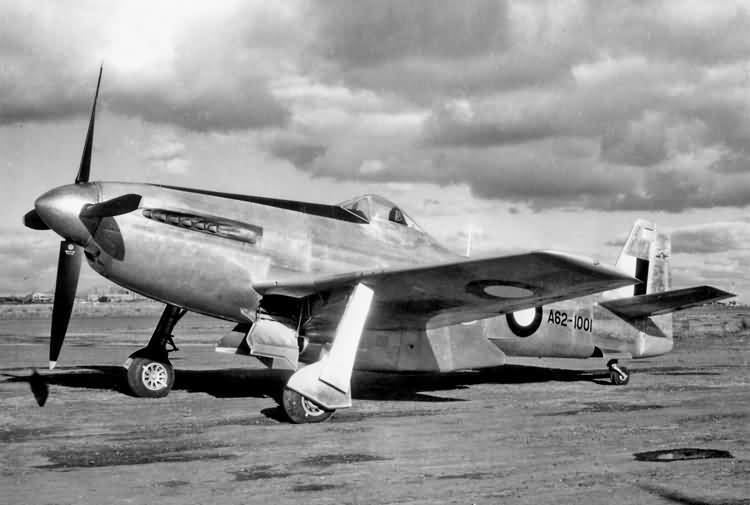 | ||
Manufacturer | ||
The CAC CA-15, also known unofficially as the CAC Kangaroo, was an Australian propeller-driven fighter aircraft designed by the Commonwealth Aircraft Corporation (CAC) during World War II. Due to protracted development, the project was not completed until after the war, and was cancelled after flight testing, when the advent of jet aircraft was imminent.
Contents
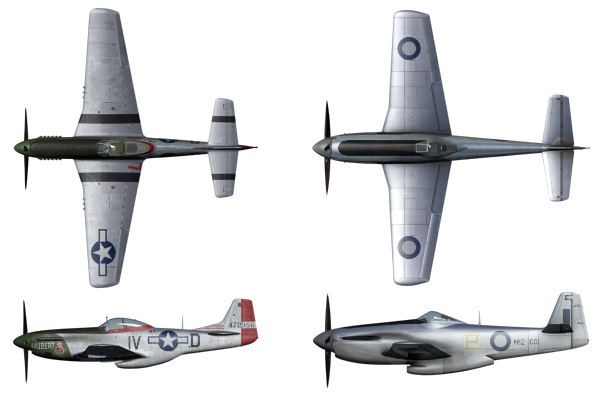
Design and development
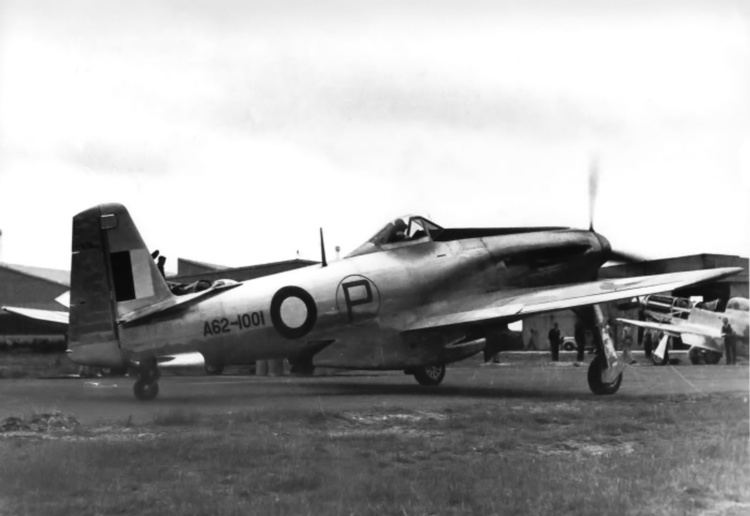
During 1943, following the success of CAC and chief designer Fred David, in rapidly designing and mass-producing the small Boomerang fighter for the Royal Australian Air Force (RAAF), CAC began design work on a fully fledged interceptor and bomber escort.
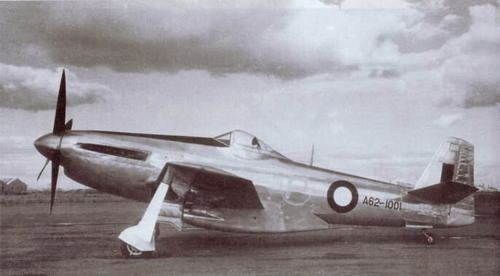
Although the CA-15 bore a superficial resemblance to the North American P-51 Mustang, the CAC design was not based directly on the U.S. aircraft and had quite different performance objectives and dimensions. For instance, David had been impressed by assessments of captured Focke-Wulf Fw 190s and intended using a radial engine rather than the inline engines used in fighters like the Mustang. In fact, development of the CA-15 was slowed by a recommendation from CAC head Lawrence Wackett, that the company build Mustangs under licence, rather than bear the cost of developing a unique design. By the later stages of its development, it was believed that the CA-15 would have capabilities enabling it to replace the P-51.
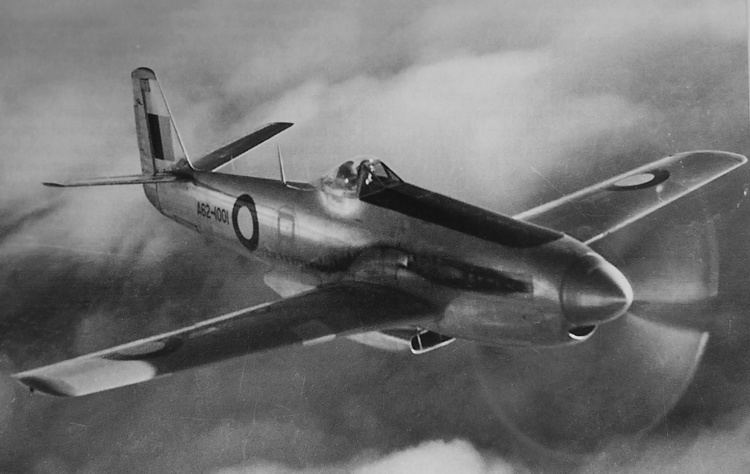
At first, the CAC designers planned to use the 2,300 hp (1,715 kW) radial Pratt & Whitney R-2800, with a turbocharger. However, that engine became unavailable, causing further delays in development, and it was decided to fit an in-line Rolls-Royce Griffon Mk 61 (2,035 hp/1,517 kW). Engines for a prototype were leased from Rolls-Royce. It was intended that any production engines would have a three-speed supercharger.
Operational history
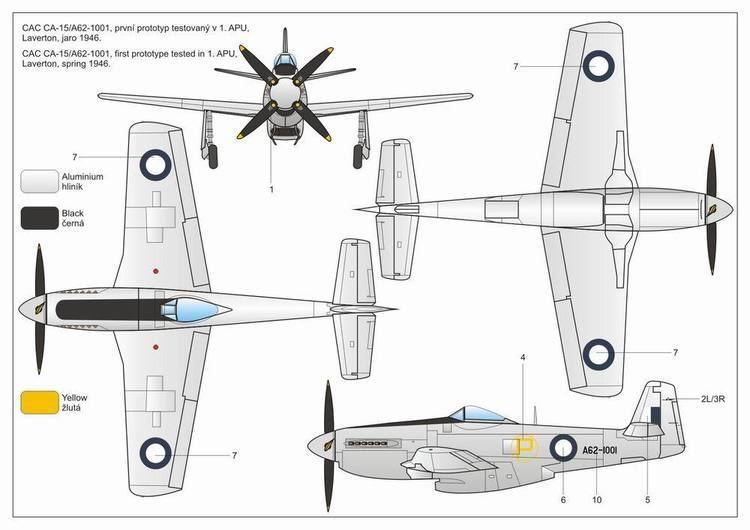
Development was further slowed by the end of the war, with the prototype flying for the first time on 4 March 1946, and was flown by CAC test pilot Jim Schofield, who also flew the first Australian built P-51. The prototype was assigned RAAF serial number A62-1001. According to aviation historian Darren Crick, it achieved a calibrated level flight speed of 448 mph (721 km/h) at 26,400 ft (8,046 m). Test flights came to an abrupt ending when Flt Lt J. A. L. Archer suffered a hydraulic failure (later found to be a leaking ground test gauge) on approach to Point Cook on 10 December 1946, which left him no choice but to orbit and burn off fuel. The main gear was only halfway down and unable to be retracted or lowered any further but the tail wheel was down and locked. On landing, the tail wheel struck the airstrip first causing the aircraft to porpoise and finally, the airscoop dug in. The aircraft settled back on the fuselage and skidded to a stop, heavily damaged. After repairs at CAC, the aircraft was returned to ARDU in 1948. Archer reportedly achieved a speed of 502.2 mph (803 km/h) over Melbourne, after levelling out of a dive of 4,000 ft (1,200 m), on 25 May 1948.
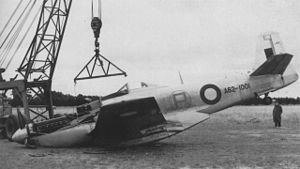
By this time, however, it was clear that jet aircraft had far greater potential and no further examples of the CA-15 were built. The prototype was scrapped in 1950, and the engines were returned to Rolls-Royce.
Operators
Specifications
Data from Commonwealth CA-15: The 'Kangaroo' Fighter
General characteristics
Performance
Armament
